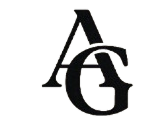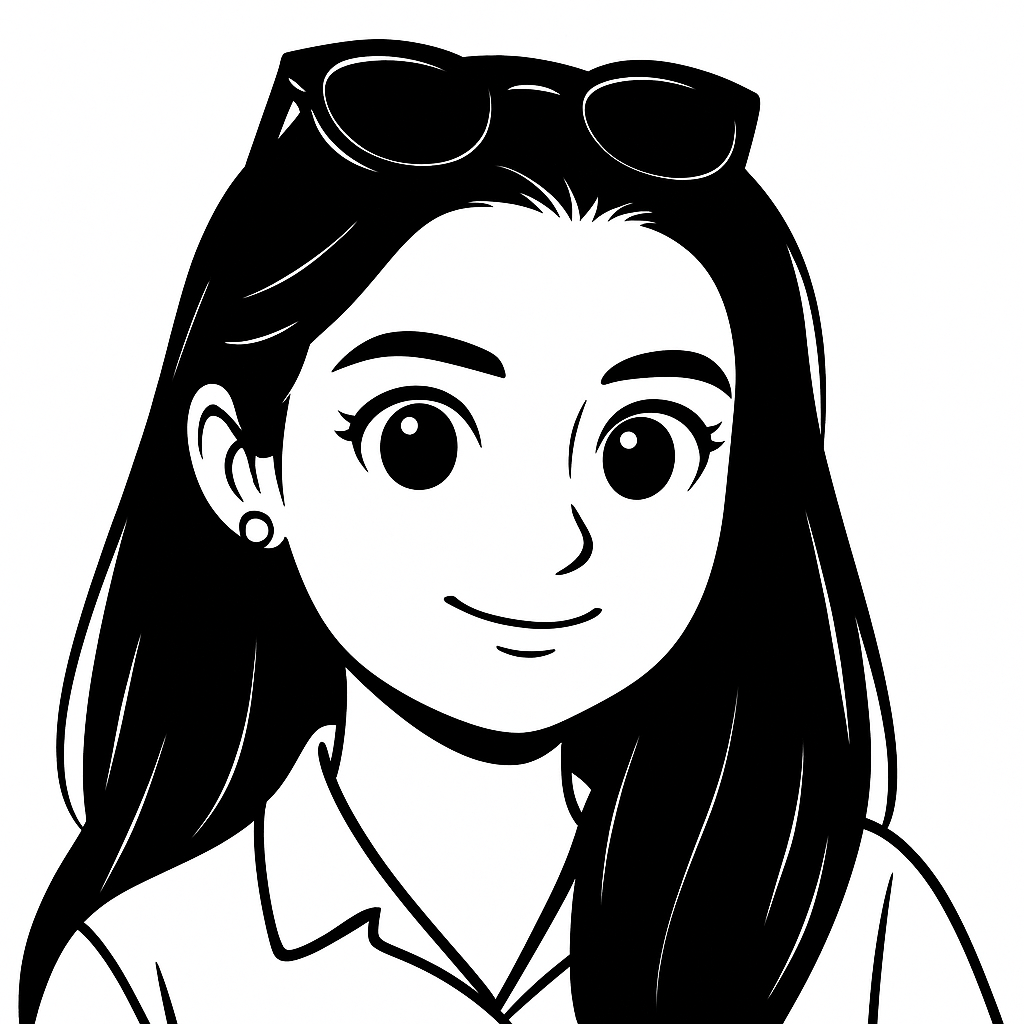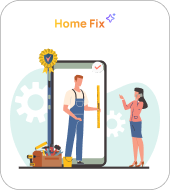
AI-Powered Travel Planning and
Personalized itinerary
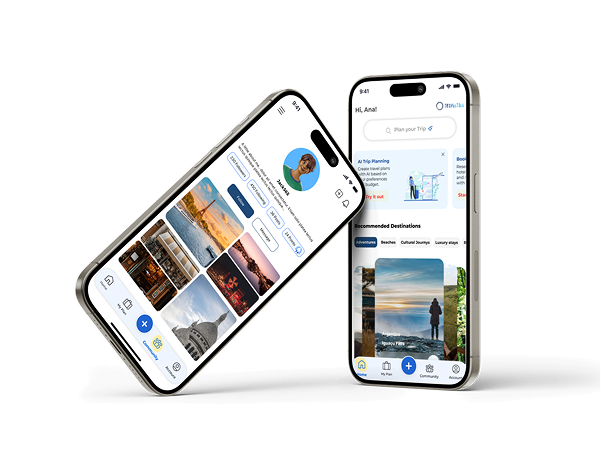
My Role
UX/UI Designer
Team
Gloshid Y (Leader)
Shabi A (UX Manager)
Nina K(UX Designer)
Sara M(UX Designer)
Tools Used
Figma
Figjam
Canva
Zoom
Project Overview
AI Trip Planner is a travel tool that creates personalized trip plans based on users’ preferences like budget, destination, timing, and travel companions. It suggests tailored places to visit, stay, and eat, and helps users save time with real-time traffic updates and route changes through Google Maps. Users can adjust their plans anytime, download them offline, and join a community to share their experiences.
By posting about how well their trips matched the AI’s suggestions, users help others plan smarter and feel more confident using the platform. These shared experiences build trust, inspire new travelers, and turn everyday users into active contributors who shape the platform’s future.
Business Goals
- Helping users to travel more efficiently and modifying their itineraries as needed.
- Providing personalized suggestions based on what users like, including favorite activities, destinations, and travel style.
- Giving real-time traffic information and suggesting the best ways to commute to save time, with the option to change transportation methods and adjust travel time based on real time with google map.
- Allow users to download their itinerary for offline use.
Challenges
- Many users prefer to rely on other people’s recommendations over AI-generated plans, so we needed to gain their trust.
- Planning trips can be time-consuming, and users may become overwhelmed with excessive information. We must design the platform to help them overcome this challenge using AI.
- Choosing the best commuting method can often be confusing, making efficient planning more difficult.
- In our survey result we found out users have challenge to keep track of their expenses during their trips.
Process
My team of 2 ran a double Diamond method based on the Design Thinking Methodology. It was not a linear path, we bounced between stages as the project progressed.
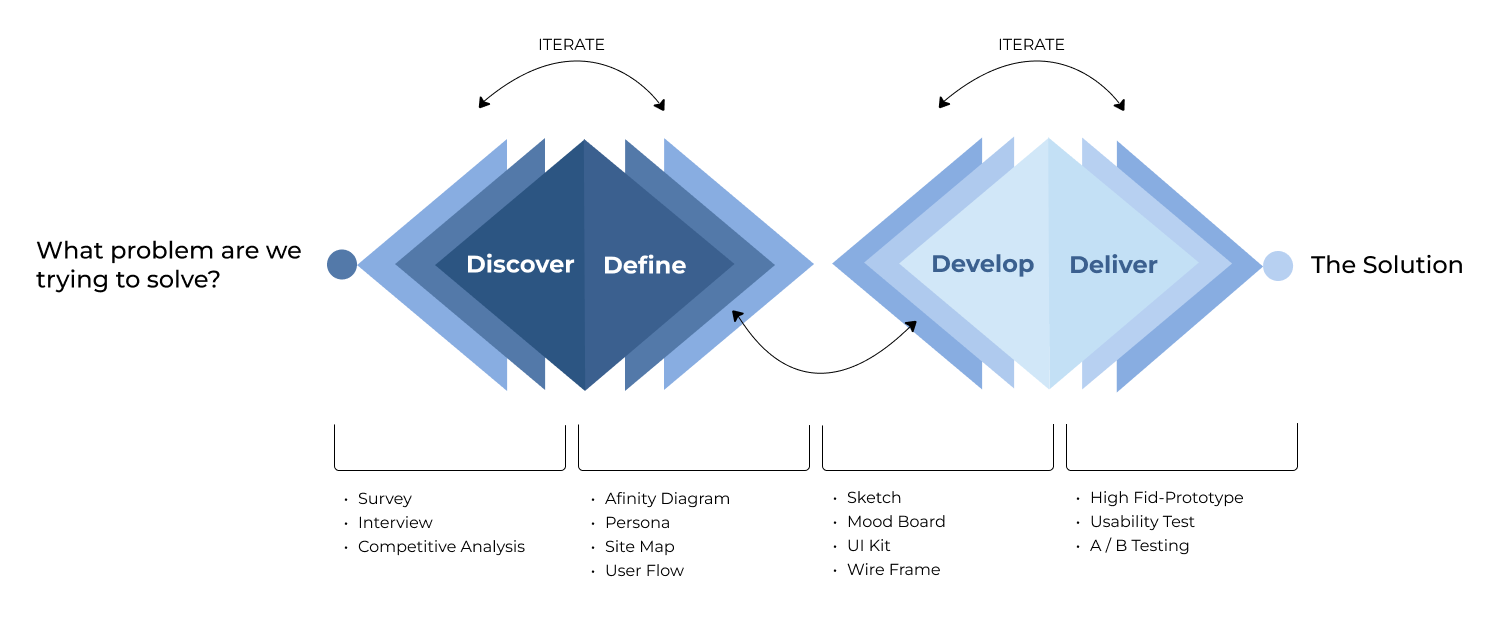
Discover
To understand users and problems, the following steps have been taken.
- Surveys
- Interviews
- Competitive Analysis
Survey
We ran a survey to learn more about our users, their needs, and their challenges. We included people from different ages and backgrounds.
Key Takeaways
Age
35–44-year-olds represent the largest segment of our potential users, as identified in our survey.

Trip Planning Insights
75% of users rely on blogs and websites to plan trips but often feel overwhelmed by too much information and too little time.

Offline Challenges
55% struggled to find reliable information, and 65% struggled to access it when offline.
Interview & Afinity Diagram
After the survey, we interviewed 7 participants to gain deeper insights into their pain points, focusing on improving travel scheduling through a powerful AI search engine.
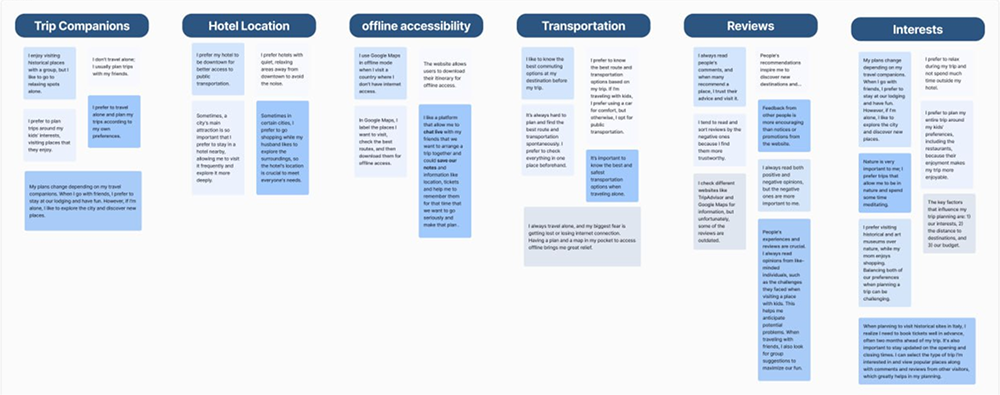
Key Takeaways

Best Transport
Travelers want to choose the best way of transportation in order to save their time

Hotel Location
Choosing the right location saves time and makes trips more enjoyable by staying near attractions, dining, and transport.

Offline Access
Offline access keeps you prepared without internet, lowering travel stress.

Reviews
Reviews help travelers plan better by offering valuable insights for informed choices.
Competitive Analysis
That’s a thorough approach to competitive analysis! By examining platforms like Tripadvisor and Wanderlog, you can gain insights into how they utilize AI for trip suggestions, which can inform your own recommendation algorithms. Analyzing Google Maps and Google Trips for route and commute optimization is also key, as it helps you understand how to streamline travel planning.

Define
At the define stage, we identified our main challenges and explored solutions. We created persona, a site map, and user flow based on the data collected during the discovery stage.
Persona
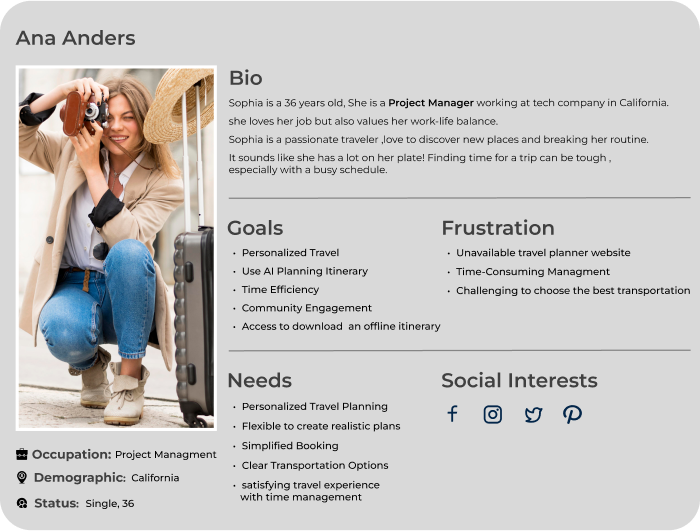
The insights I gained from surveys and interviews helped shape the persona. Ana’s main goal is to find a trustworthy, personalized travel plan for a short-term local travel experience to save time.
Site Map
We first made the information structure using card sorting. After user testing and looking at competitors, we updated it several times.

User Flow
In the user flow, we aim to show how the user selects a hotel and adds it to their plan to create a personalized itinerary powered by AI.
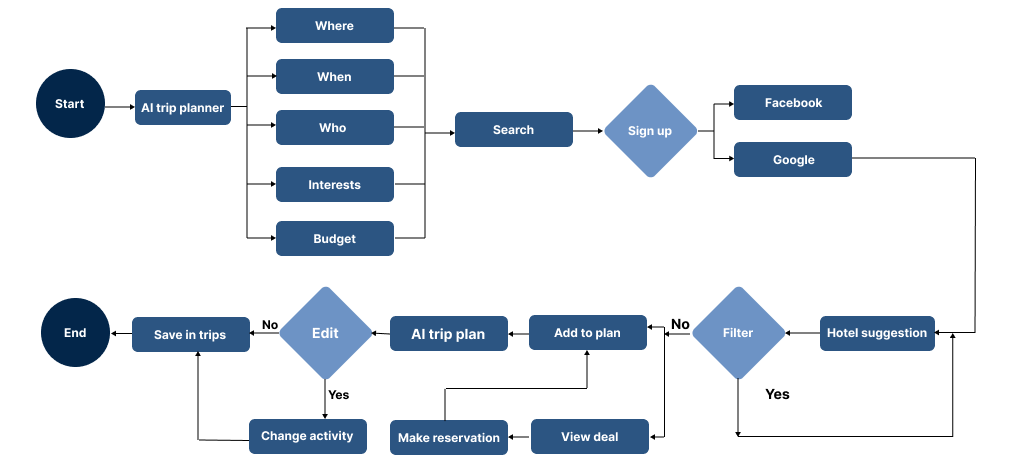
Develop
After analyzing our research data and understanding user needs, we created clear solutions to address their concerns and included them in our design. Below are some of our solutions 👇
Challenge
1- Our users struggle with understanding the itinerary process and want a quick, easy way to get theirs plan.
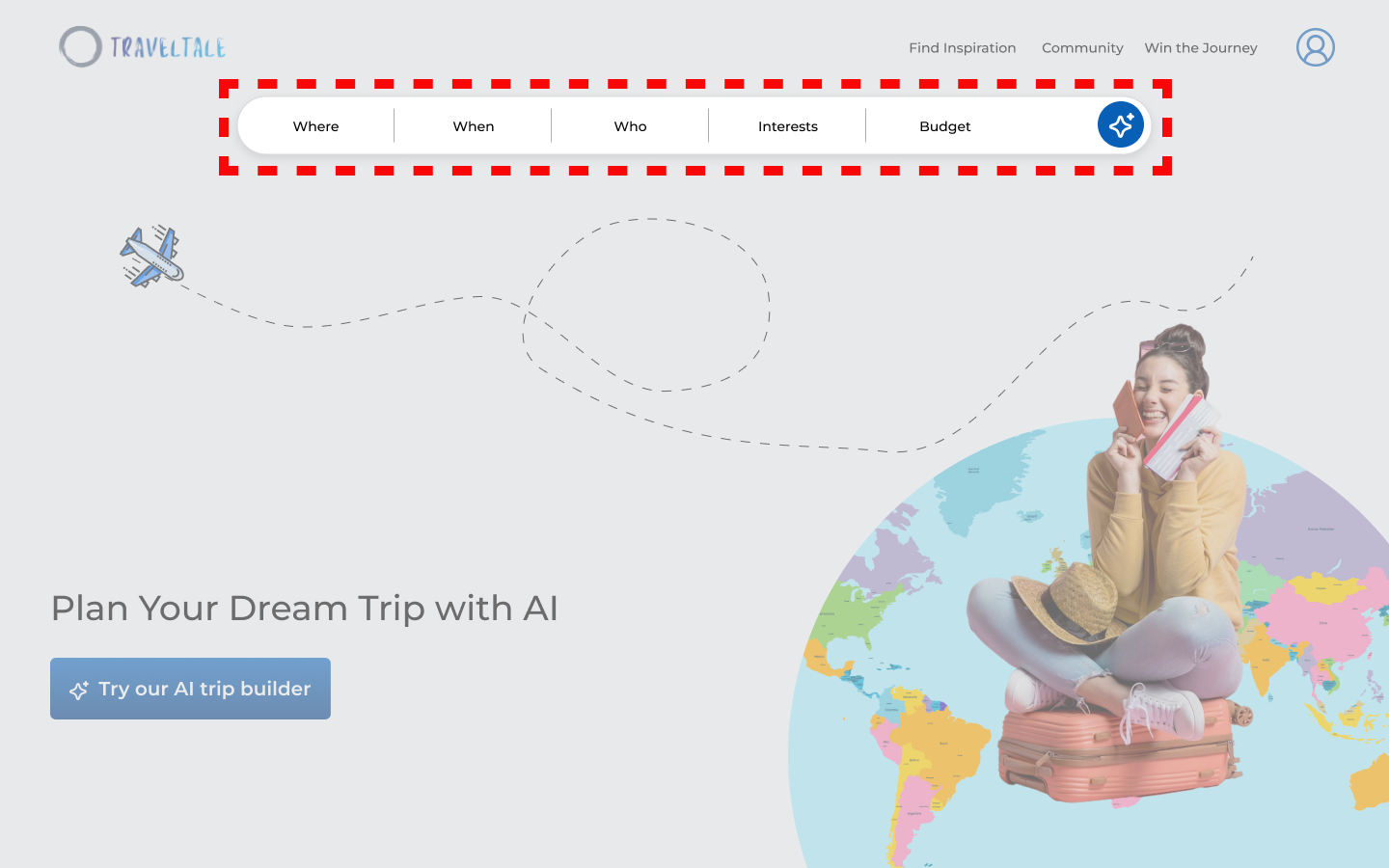
Solution
So, we added a homepage search bar to find top itineraries based on user interests.
2- Travelers have difficulties to choose their interests when they want to plan their trip.
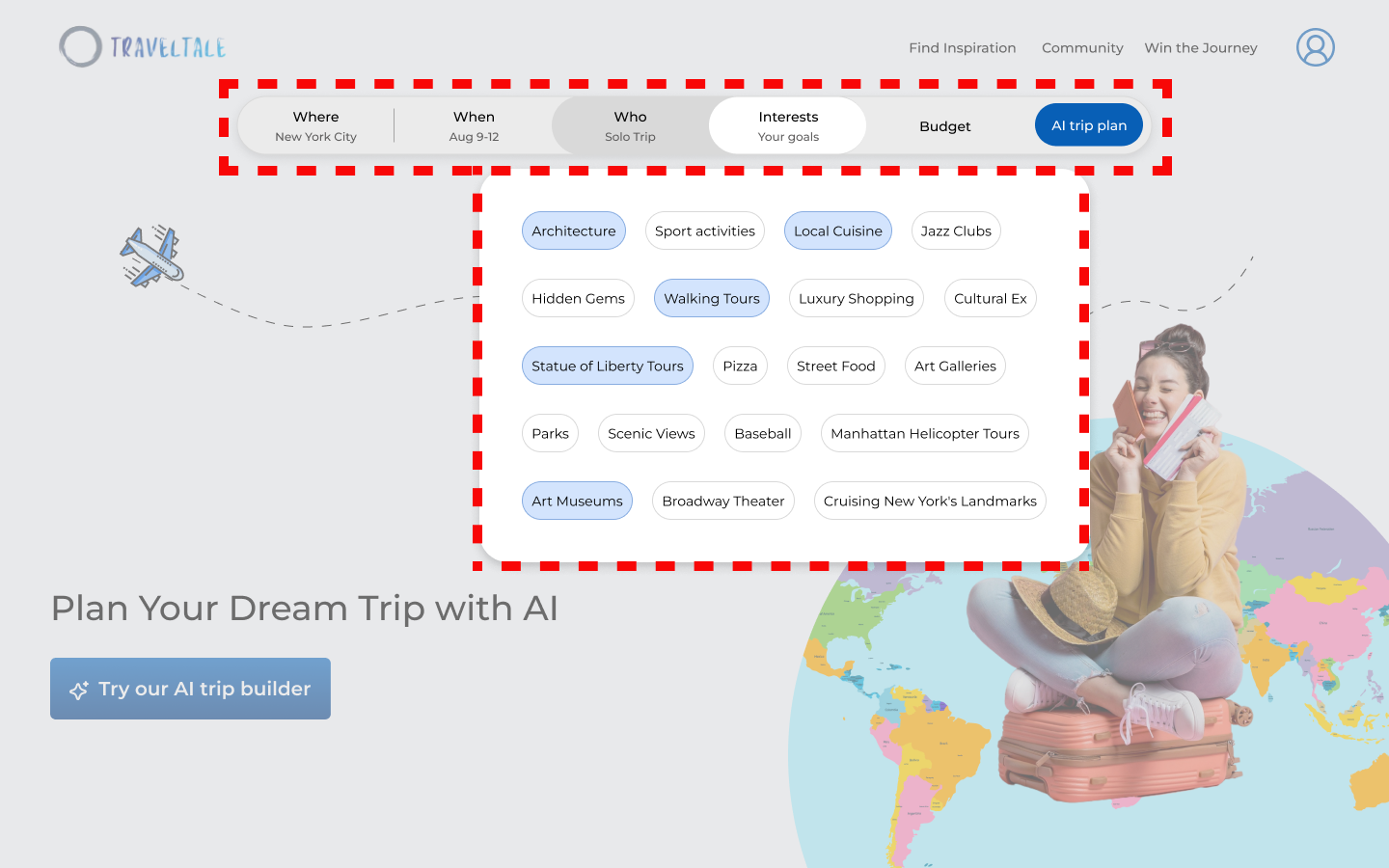
Enable users to access interests in the search bar at the same time they can choose their destination,time, and accommodation.
3- Timing is key in trip planning. Commute time greatly affects travelers, shaping where they stay and what they do when exploring a new place.
Ai Plan Page
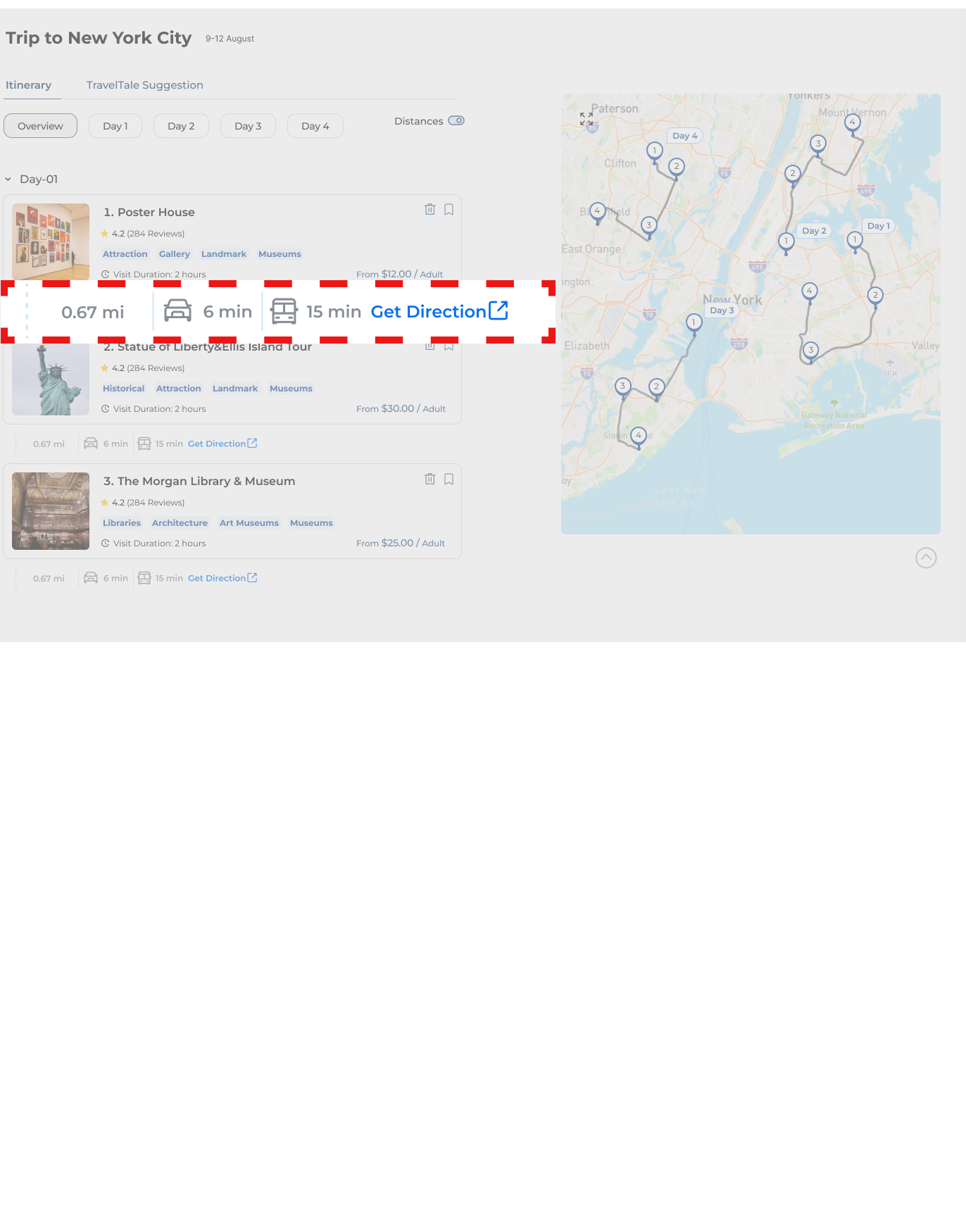
giving users the option to choose different transportation methods like bus, taxi, bicycle, or even walking can make a huge difference in helping them save time and customize their travel experience!
